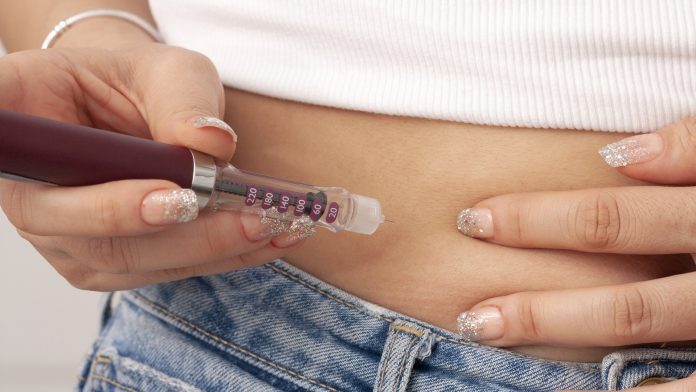
University of Geneva (UNIGE) scientists have demonstrated that the S100A9 protein can be developed into an effective diabetes treatment and could one day replace traditional insulin therapy that puts diabetes patients at risk.
For diabetes patients with a severe condition in which the pancreas’ beta cells do not produce or no longer produce insulin, the only current treatment option is insulin therapy, where the patients regularly inject themselves with artificial insulin to survive.
However, insulin therapy carries various dangers, as the treatment is challenging to dose and can result in severe metabolic and cardiovascular problems in the long term. To overcome this, University of Geneva researchers have been working on an alternative therapy based on the S100A9 protein, which they have demonstrated can significantly improve metabolism in insulin deficiency.
The dangers of insulin therapy
Insulin therapy has been utilised for over 100 years, potentially saving the lives of hundreds of millions of people with type 1 diabetes or severe forms of type 2 diabetes. Despite its life-saving effects, insulin therapy also puts patients at risk because if the doses are too high or low, the treatment can cause fatal conditions. Due to this, the life expectancy of people with diabetes who depend on insulin therapy is between 10 to 15 years less than the norm.
Roberto Coppari, a Professor in the Department of Cell Physiology and Metabolism and Coordinator of the Diabetes Centre of UNIGE Faculty of Medicine, said: “Life-threatening hypoglycaemia, negative impact on fat metabolism and increased cholesterol: these are some severe side effects of insulin. This is why we are looking to develop complementary or alternative treatments that are more effective and less dangerous.”
How does the S100A9 protein work?
The researchers identified the S100A9 protein in 2019, discovering that S100A9 regulates blood glucose, lipids and ketones without the side effects of insulin. The team then utilised rodent models to understand how the protein works.
Gloria Ursino, the first author of the study and post-doctoral fellow in the research team, commented: “It turns out that this protein acts in the liver. It activates the TLR4 receptor, which is located on the membrane of certain cells, but not on the hepatocytes, which are the main functional cells of the liver.”
This was an exciting finding, as it meant that S100A9 does not need to enter the liver cells to work, meaning it could be administered via a simple injection.
Insulin deficiency can trigger a rapid increase in ketones and acidification of the blood – known as diabetic ketoacidosis – which affects between 2% to 4% of type 1 diabetes patients.
Ursino said: “TLR4 activation in the liver controls the production of ketones. But this activation process does not trigger inflammation, whereas TLR4 is usually pro-inflammatory. The S100A9-TLR4 dialogue, therefore, seems to act as a totally unexpected anti-inflammatory drug.”
Developing an alternative diabetes treatment
To reinforce their findings, the researchers analysed the blood of diabetic patients with severe insulin sensitivity.
Girorgio Ramadori, a research associate in Professor Coppari’s lab and lead author of this study, explained: “A slight but insufficient natural increase in S100A9 was detected. Therefore, additional administration of S100A9 is expected to enhance this compensatory mechanism.”
The team is planning to initially test S100A9 in combination with low doses of insulin but has not ruled out administering the protein alone in the future. Coppari and Ramadori have created a start-up company called Diatheris to further develop the S100A9 therapy.

























